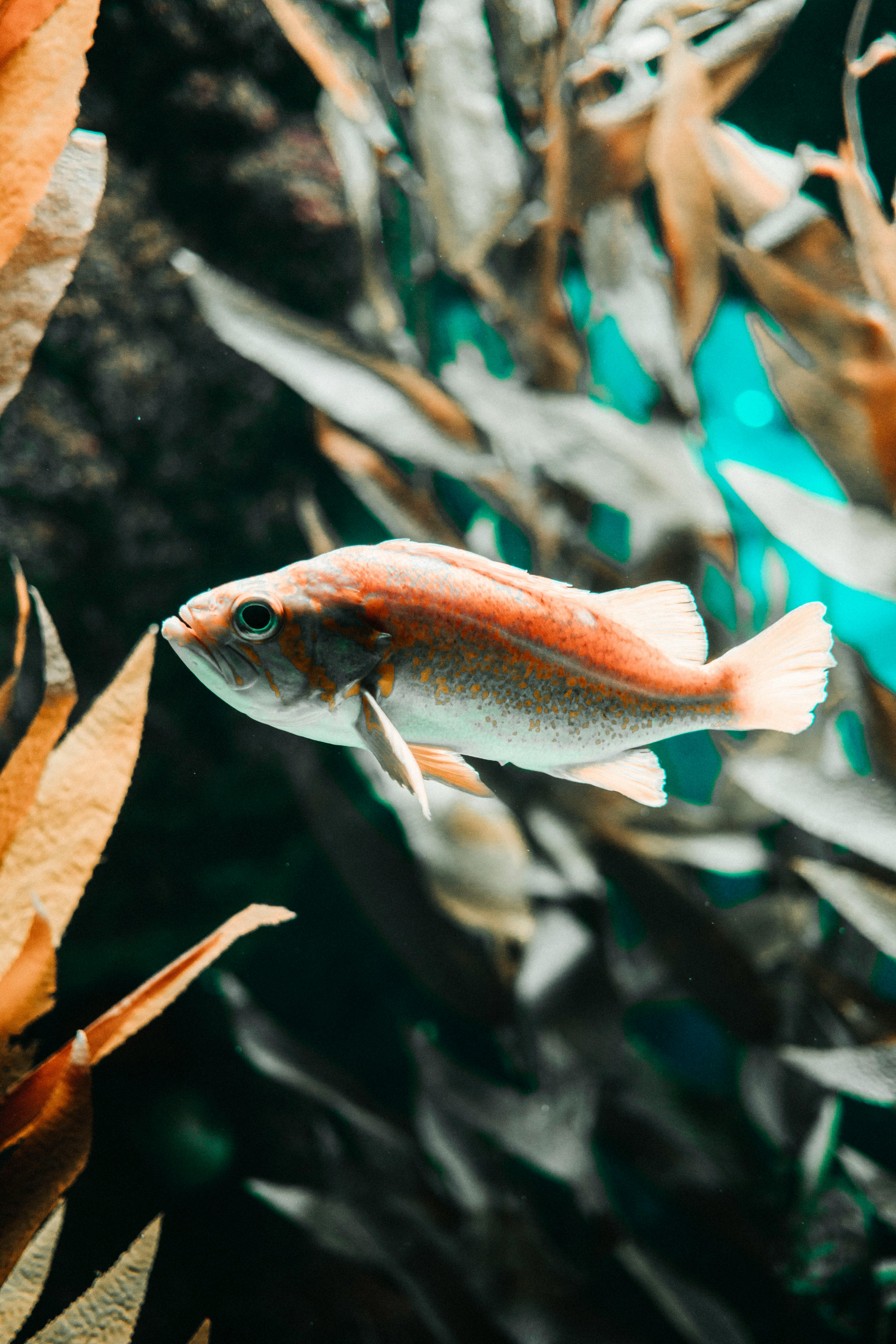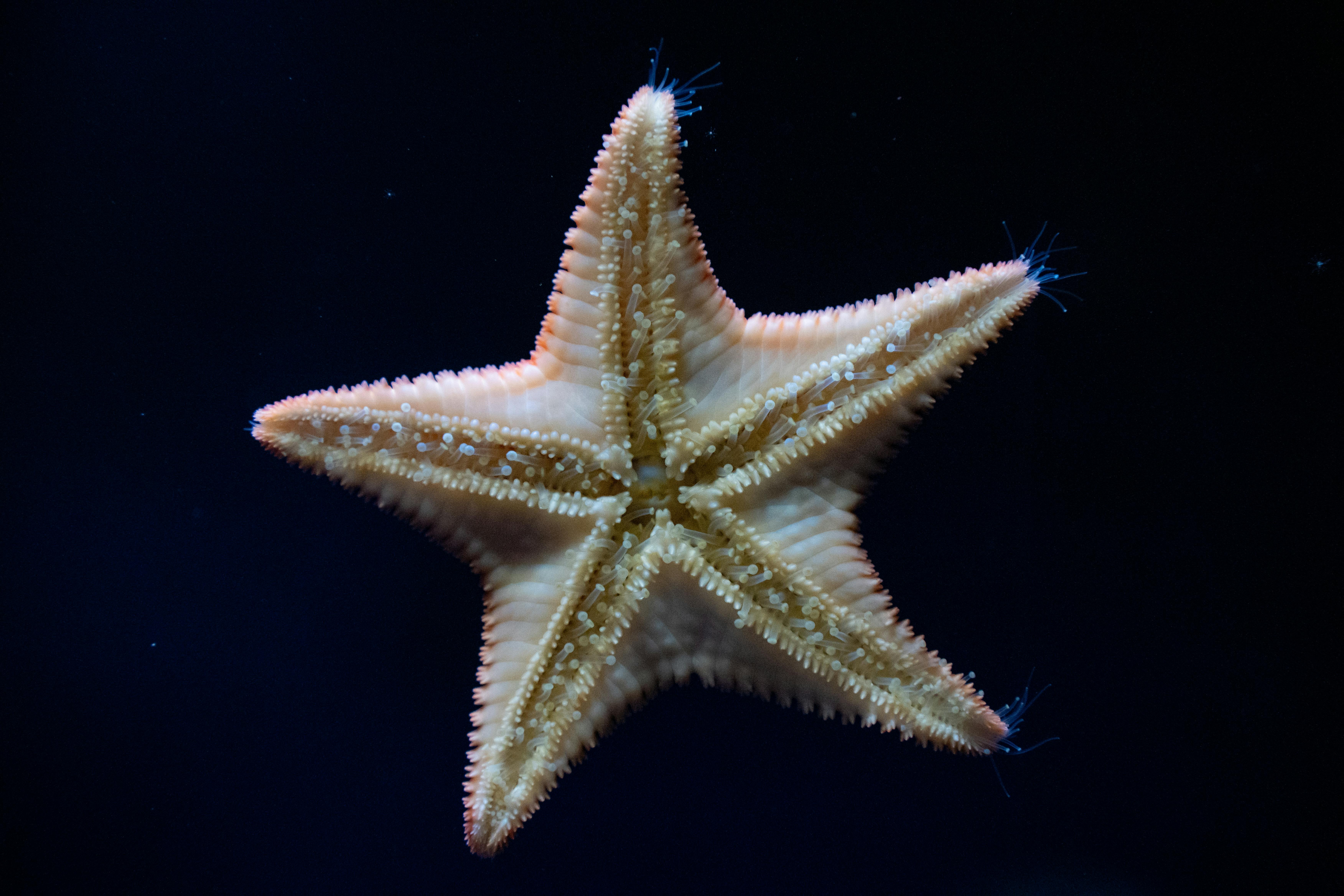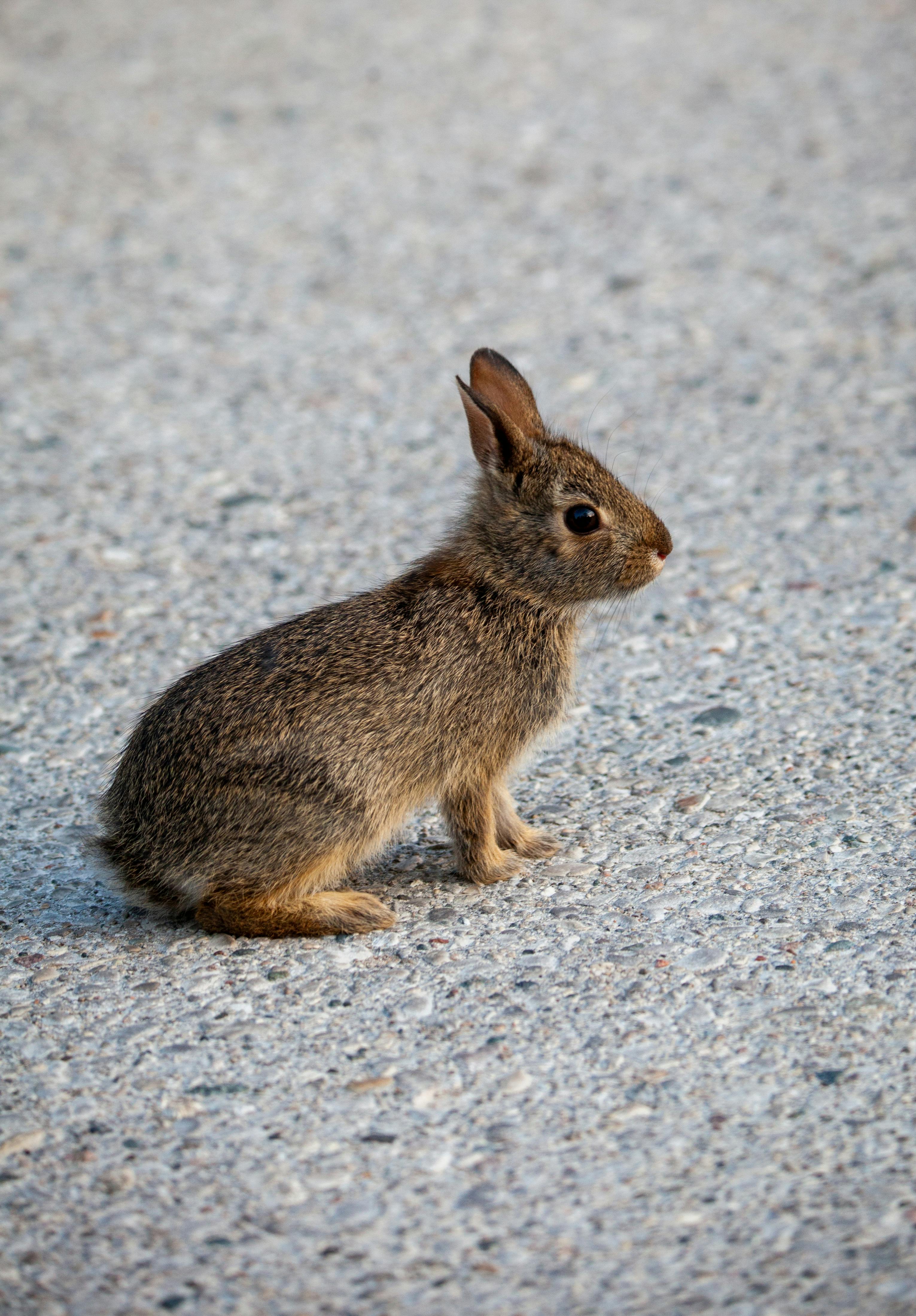Best 5 Options for Feeding Your Cat Fish in 2025
As a cat owner, understanding your feline's dietary needs is crucial, particularly when it comes to introducing new food sources like fish into their diet. For many owners, including fish, especially goldfish, raises the question: Can cats eat goldfish? In 2025, exploring safe feeding practices, the nutritional value of goldfish, and their compatibility with cat diets is essential for promoting pet health and well-being.
Golden fish may seem like a natural treat for your feline friend, but there are important considerations to keep in mind before adding them to your cat's diet. The nutritional benefits of fish can be significant, providing high-quality protein and essential nutrients that support overall health. However, the risks associated with feeding certain fish, like goldfish, must also be understood. This article will delve into safe options for feeding your cat fish, highlighting the best practices for responsible pet ownership.
This article will cover the following key areas:
- Understanding the risks and benefits of feeding goldfish to cats.
- Exploring alternative fish options for your cat's diet.
- How to ensure a balanced diet for your feline.
- Expert advice on introducing fish into your cat's meal plan.
- Pet safety tips related to aquatics and cats.
By the end of this guide, you’ll have valuable insights into the nutritional considerations, potential health risks, feeding guidelines, and safe practices when integrating fish, particularly goldfish, into your cat's diet.
Understanding Goldfish and Cat Interaction
Are Goldfish Safe for Cats?
Goldfish are often found in household aquariums, and their vibrant appearance makes them an attractive specimen. However, it's vital to note that not all fish are suitable for feline consumption. Cats are obligate carnivores, meaning they require a protein-rich diet that supports their health. While goldfish may provide some protein, they are not nutritionally balanced for cats and can pose potential dangers.
Goldfish Toxicity to Cats
There are documented risks associated with feeding goldfish to cats. They can harbor bacteria and parasites that may be harmful to your pet. Some species also contain enzymes or proteins that can cause allergic reactions or digestive issues. Understanding these dangers is essential for pet safety, making it clearer why goldfish should be viewed with caution when considering them as part of your cat’s diet.
Fish Allergies in Cats
It’s critical to observe how your cat reacts to fish, as allergies are not uncommon. Symptoms such as vomiting, diarrhea, or skin irritations can indicate an unhealthy reaction to fish consumption. If you suspect your cat is allergic, consult with your veterinarian to explore suitable alternatives that meet their dietary needs without risking their health.
Behavior of Cats Around Fish
Cats are notoriously curious creatures, often drawn to the movement of fish in an aquarium. While this behavior is natural, it’s essential to create a safe environment for both your pets. Proper management of cat behavior around fish can prevent stressful situations for both animals. Establishing a barrier or using appropriate tank covers can help maintain peace among your pets.
The Nutritional Value of Fish for Cats
When safely introducing fish into your cat's diet, it is essential to consider the nutritional benefits it can provide. Fish is an excellent source of protein and omega-3 fatty acids, which promote healthy skin and coat, support cardiovascular health, and help reduce inflammation. However, moderation is key to maintaining balance within their overall diet, ensuring your cat receives all necessary nutrients.
Having explored the complexities surrounding goldfish, it’s clear that while they might seem like a simple treat, they carry noteworthy risks. This naturally leads us to investigate practical alternatives that align better with both the nutritional needs and health considerations for your furry friend.
Top 5 Alternative Fish Options for Cats
1. Salmon – A Nutritious Choice
Salmon is one of the best sources of fish protein for cats. It is rich in omega-3 fatty acids, which can help reduce inflammatory conditions and promote a shiny coat. You can offer salmon as a treat or mix it with their usual cat food. However, ensure it is thoroughly cooked to reduce any risk of parasites before feeding. Always consult your veterinarian before making significant changes to your cat’s diet.
2. Tuna – Popular and Flavorful
Tuna is widely loved by cats and can be beneficial in moderation. It provides high protein content and essential oils that can aid in maintaining healthy skin. However, excessive tuna consumption can lead to mercury exposure. Ensure that any tuna provided is in water, not oil, to prevent unnecessary fat intake that could disrupt your cat's diet.
3. Sardines – Tiny Powerhouses of Nutrition
Sardines are full of nutrients and can be a fun and healthy occasional treat for cats. Like salmon, they are rich in omega-3 fatty acids and are often less contaminated compared to larger fish. Make sure to serve them in moderation, and avoid those packed in oil, which could lead to unwanted weight gain.
4. Mackerel – A Rich Source of Fatty Acids
Mackerel can be a great alternative and can be included in cat diets due to its rich flavor and nutrient profile. It provides protein, vitamins, and minerals that benefit your cat’s overall health. Again, ensure the fish is cooked and doesn’t contain additives or excessive salt.
5. Cod – A Lean Option
For those looking for a leaner fish option, cod is an excellent choice. Low in fat and rich in protein, cod can be beneficial in providing your cat with the right balance of nutrients without the excess. Just like the other options mentioned, ensure it is cooked properly to eliminate any health risks.

Now that we've discussed viable fish options for your cat, it’s essential to remember that while fish can provide some benefits, they should never replace traditional cat food. Incorporating appropriate fish varieties in moderation can enhance your cat's diet, but always consult your vet. As we consider integrating fish into your cat’s meals, understanding proper feeding practices is vital to ensure lasting health.
Guidelines for Proper Feeding of Cats
Feeding Frequency for Cats
Understanding how often to feed your cat is crucial for maintaining their health. Most adult cats thrive on two to three meals a day, while kittens need more frequent feedings due to their higher energy requirements. Fish should only be an occasional addition to their meals, not a staple.
Recommended Sizes for Fish Portions
When introducing fish, start with small portions to gauge your cat’s response. For instance, offer a few bites of cooked fish mixed with their regular food, gradually increasing the portion size if well tolerated. It's essential to keep portions consistent with their dietary needs to prevent obesity and other health issues.
Incorporating Fish with Cat Food
If you opt to mix fish into your cat’s existing food, ensure it is well-combined and suitable for their overall diet. Fish-based cat food is readily available, which can save you the hassle of balancing their meals manually. This option ensures that your cat receives all necessary nutrients while enjoying the benefits of fish.
Maintaining a Balanced Diet
A balanced diet for cats consists primarily of protein, fats, vitamins, and minerals. Including fish as a treat can help diversify their meals, but the majority of their intake should still come from complete and balanced cat food. Look for high-quality brands that meet your cat's specific health needs.
Consulting with a Vet on Fish Options
Before making significant changes to your cat’s diet, consulting a veterinarian is always recommended. They can provide tailored advice based on your cat’s breed, age, and any preexisting health conditions. This ensures that any new dietary introduction remains safe and beneficial for your pet.
Expert Advice on Fish and Cats
Veterinarian Recommendations on Introducing Fish
Veterinarians recommend carefully introducing any new food into your cat’s diet, tracking any changes in behavior or health. Start with a little bit of cooked fish once or twice a week, avoiding raw varieties unless approved by a vet. Gradually, you can adjust the frequency based on your cat's tolerance and health needs.
Integrating Fish into a Holistic Approach
A holistic approach to feeding your cat involves considering all aspects of their health, including diet, hydration, and overall lifestyle. Fish should only be a small part of a varied diet that also includes wet food and dry kibble to ensure hydration and proper nutrition.
Understanding Risks and Benefits
Weighing the risks and benefits of including fish in your cat's diet is essential for maintaining their long-term health. While fish can offer numerous health benefits, it’s vital to source them responsibly, ensuring they are free from harmful substances or toxins.

Pet Safety Guidelines for Aquatic Pets
Avoiding Fish Types That Are Dangerous
When considering feed options for your cat, avoid dangerous types of fish, such as those known to carry high levels of mercury or those that may provoke allergies. It's important to do proper research and understand the potential health impacts of certain aquatic species.
Supervision When Introducing New Pets
When integrating both cats and fish as pets, supervision is key. Always monitor your cat’s interaction with fish, especially if they are in an aquarium setting. This ensures safe pet ownership and prevents unwanted stress or potential harm to any of your pets.
Common Pet Safety Guidelines
Familiarize yourself with pet safety guidelines related to feeding. Avoid using fish as a primary food source, instead opting for fish-based commercial cat food products that contain added nutrients essential for your cat's health. Maintain an eye on your cat’s behavior, and consult your veterinarian to keep everything in check.
As we’ve learned, while feeding your cat fish – especially goldfish – has its risks and rewards, making informed choices in what and how you feed them will promote their health and happiness. This careful consideration can help ensure that you maintain an excellent standard of care for all your pets, emphasizing responsible feeding practices.
